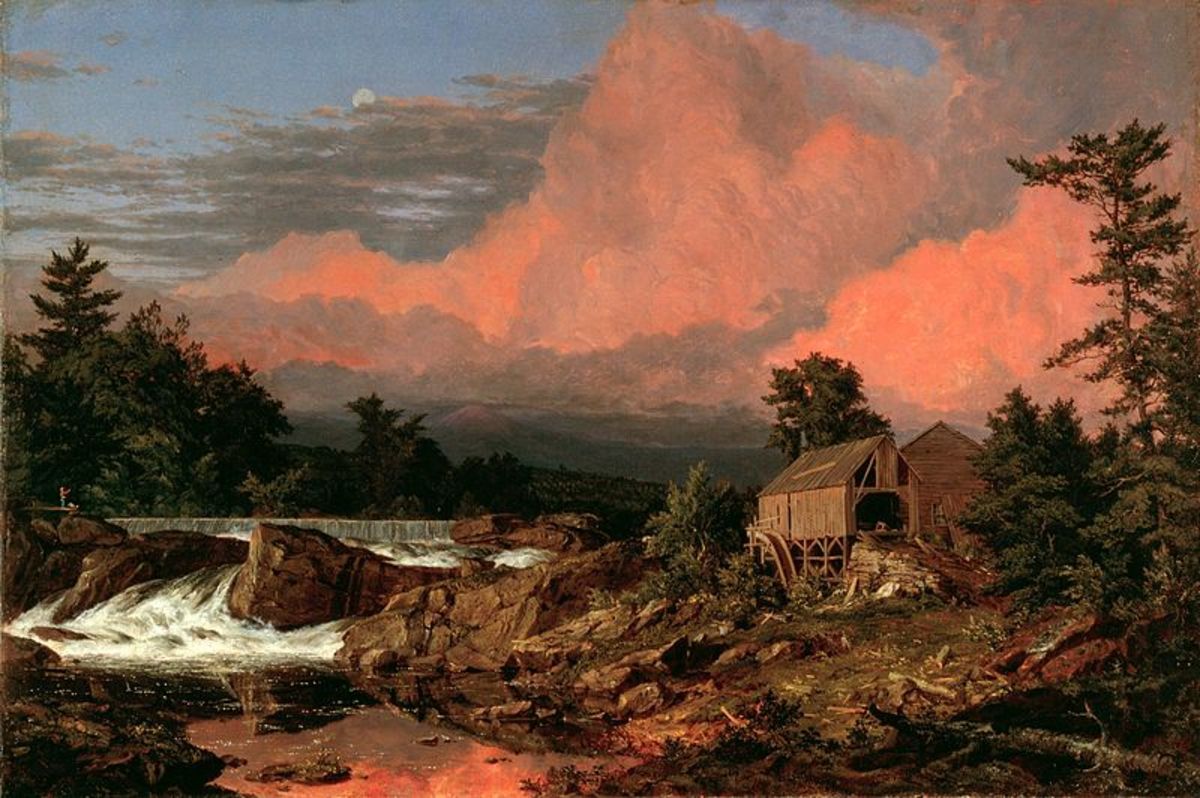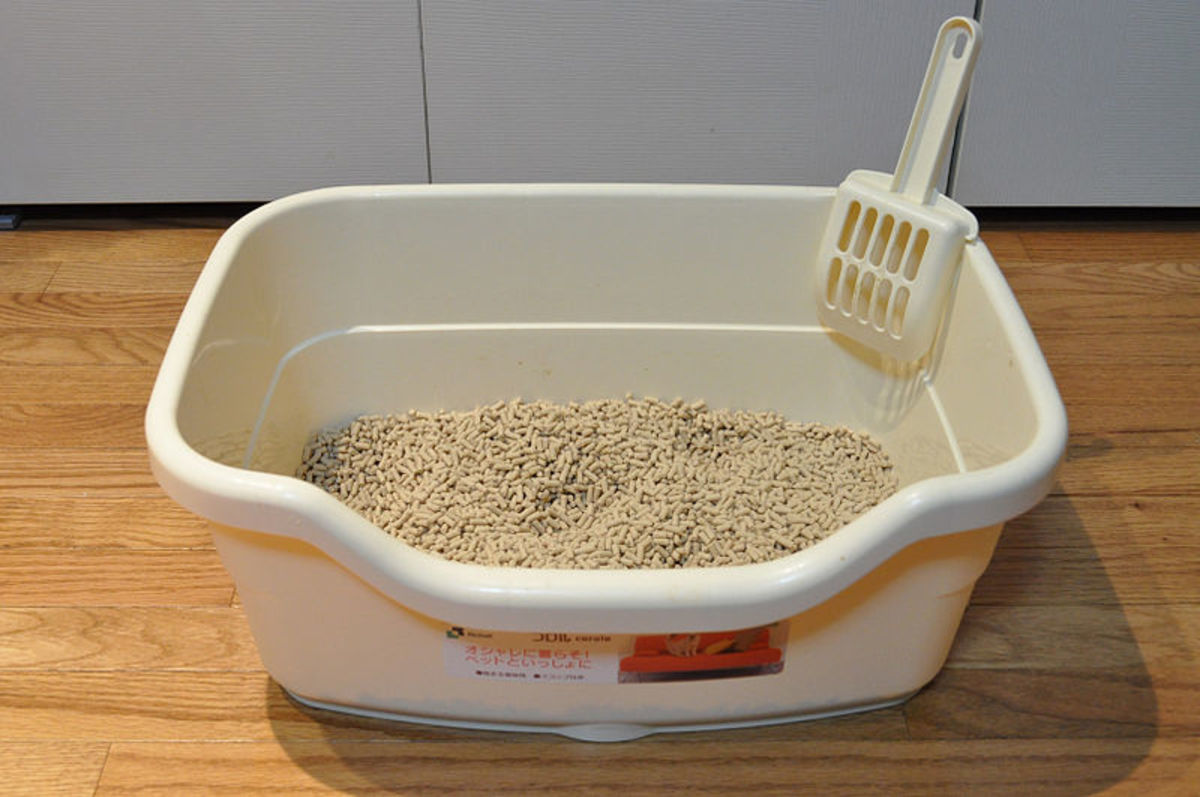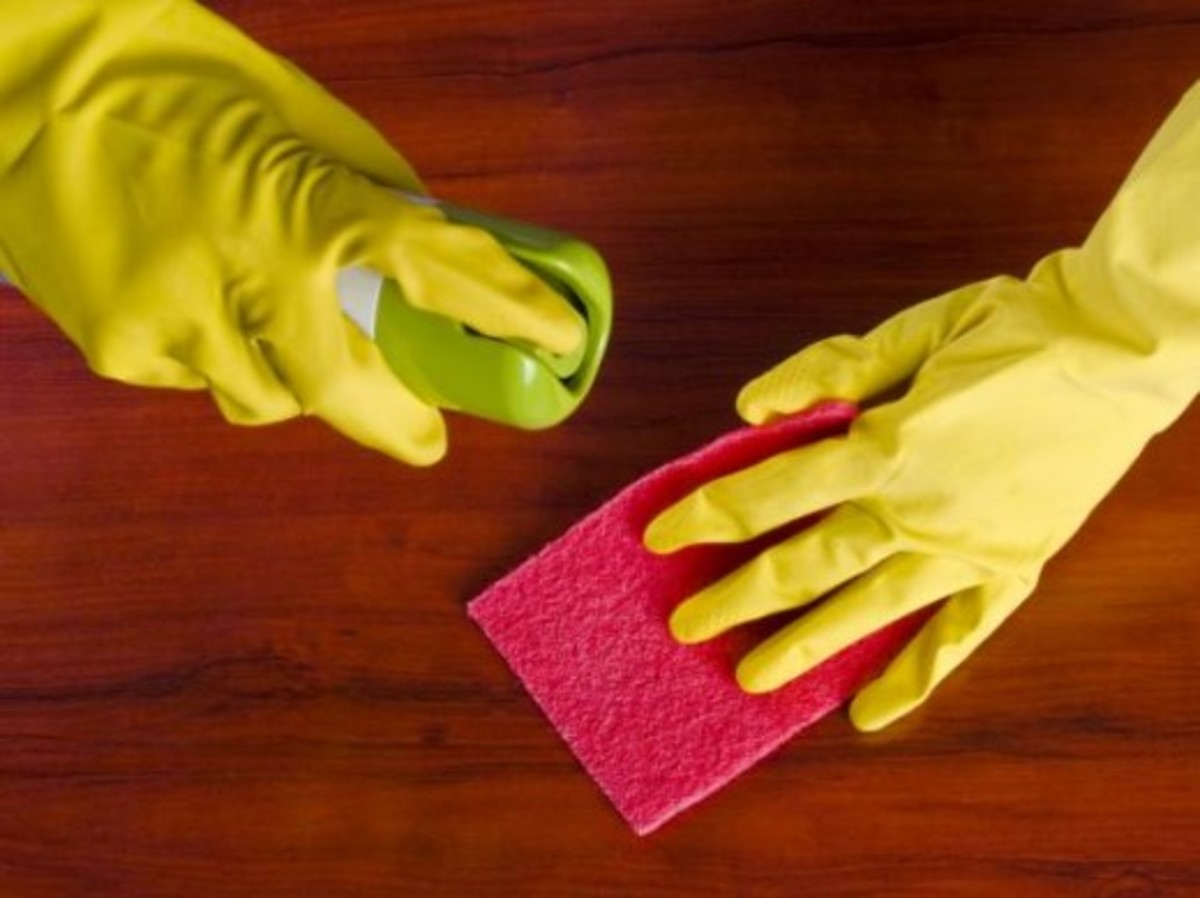What Are The Symptoms of CO (Carbon Monoxide) Poisoning?
"The Silent Killer"
Carbon Monoxide (CO) is nicknamed the silent killer. It is an odorless, colorless, tasteless, toxic gas; it is undetectable by human senses. If there is CO in the air you breathe, it will enter your blood system through your lungs, the same way oxygen does. The CO will then displace the oxygen in your blood, thus depriving your body of oxygen. When the carbon monoxide displaces enough oxygen in your blood, you will suffocate.
We are all at an increased risk of CO poisoning as cold weather approaches. Airtight homes and malfunctioning heating equipment can produce deadly concentrations of CO.
The symptoms are as follows:
1 - Long-term exposure to low concentrations: the gradual build up in the blood can cause flu-like symptoms: headaches, fatigue, drowsiness and nausea.
2 - Exposure to high concentrations: throbbing headaches, confusion, breathing difficulties, loss of consciousness, cardiac problems and/or death.
Because the symptoms of CO poisoning are so common they are often misdiagnosed. You should suspect poisoning:
- if more than one family member has the symptoms
- if you or family members feel the symptoms at home but recover when away from home
- illness in a pet preceding illness in a person my suggest CO poisoning
Carbon monoxide is a by-product of incomplete combustion. Any fuel-burning vehicle, appliance or tool not adequately vented or maintained can be a potential source of CO gas.
Fuel-burning equipment includes:
- fuel fired furnaces
- gas ranges/ovens
- gas clothes dryers
- charcoal grills
- gas water heaters
- wood burning fireplaces/stoves
- vented/ventless gas fireplaces
- gas powered lawnmowers/power tools
- automobiles
- gas fueled space heaters (kerosene or propane space heaters are prohibited in NYC)
Prevention is always the best way to be safe.
Prevent or minimize potential for exposure to CO gas by:
- having home-heating systems/fuel-burning appliances, flues, and chimneys inspected, cleaned, tuned up annually by a qualified technician
- do not idle cars inside the garage
- during/after a snow storm, check to make sure vents for the gas dryer, stove, furnace, and fireplace are clear of snow accumulation
- make visual inspections of your fuel burning appliances, e.g. hot water heater, gas dryer
- do not burn charcoal indoors whether at home, in a cabin or a camper
- do not operate gasoline powered engines, e.g. generators, power cutting saws, in confined areas (basements, garages)
- never (but we do it anyway) use gas ovens/ranges to heat your home
- finally, install a carbon monoxide detector alarm*/a properly working alarm will provide an early warning, before deadly gases build to dangerous levels
New York City law (effective November 2004) requires every dwelling unit, including one and two family homes and multiple dwellings, be equipped with carbon monoxide detector alarms. This law is known as Local Law #7 of 2004. It applies to both new and existing dwellings.
As a resident of NYC, I do have a CO alarm (see photo below). Recently, it went off with a startling blast, waking me at 3 a.m. I had no idea what it was! I now understand the need to advise people to be familiar with the sound - so you can recognize it immediately. Fortunately, it was only because my battery was dying. With my heart beating wildly I got up and changed the battery.
What should you do if your alarm goes off?
The FDNY (Fire Department of New York) advises you to:
STAY CALM! Usually activation of the alarm is not life threatening, but an early warning of a potential problem. The alarms are designed to sound before there is an immediate threat. The alarm will also sound if the battery is low (as in my case).
Familiarize yourself and family members with the sound patterns of the alarm:
- A LOW Battery or malfunction signal will be a SINGLE 'CHIRP' every 30-60 seconds. Some alarms may have a flashing red light labeled 'battery' or 'service'
- A CO ALARM will sound a PATTERN OF FOUR SHORT BEEPS EVERY 5 SECONDS. Also, there will be a red flashing light when CO is detected.
IF THE CO ALARM IS ACTIVATED:
- silence it by pushing the reset/silence button
- ventilate the space by opening windows
- check others for flu-like symptoms
- CALL 911/ EVACUATE TO A SAFE LOCATION
When calling 911 be prepared to provide:
- your address/location
- the CO level if your detector is equipped with a digital display
- info if anyone is experiencing flu-like symptoms
If you are permitted to return to the home or space and the alarm is activated within 24 hours, call 911 again and evacuate. Contact a qualified technician to inspect all your fuel-burning equipment/appliances for causes of the malfunction.
Please, read all instructions that come with your CO alarm. Other household members should read the instructions as well.
In NYC the installation of the gas ventless/vent free fireplaces are illegal. These types of fireplaces are not vented to pipes or chimneys. The burned gases including carbon monoxide are put into circulation in the home.
Be safe!
See link below for information and smoke detectors:
About Smoke Alarms
- Will Your Smoke Alarm Wake You?
Will your smoke alarm wake you and your family?* Since most fire deaths occur during the night, a smoke alarm is a valuable lifesaving device. According to the fire department of New York City, an operable smoke alarm will reduce your chances of...
Check your carbon monoxide alarm









